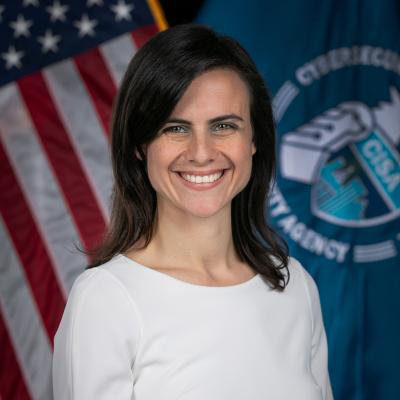A recent webinar from Austin, Texas-based analytics firm Aurora Energy Research drew attention to promising and troubling trends alike in MISO’s interconnection queue process, including longer wait times, larger projects, solar’s significance and major transmission’s influence.
Joe Rand, energy policy researcher for Lawrence Berkeley National Laboratory, said the progression from MISO interconnection request to agreement in 2023 has lengthened to about 45 months, with natural gas projects moving the fastest and wind projects moving the slowest.
“The queue duration has become longer and longer,” Aurora researcher Annie Liu agreed during the July 31 presentation. She said while MISO’s approximately 300-GW queue has grown rapidly in the past two years, 40% of active projects in the queue have not begun interconnection studies.
While the wait times have increased, so, too, have the size of projects.
Rand said increasingly bigger solar and storage projects have entered MISO’s queue over the past decade, with the mean capacity of a solar plant entering the queue in 2022 now at 186 MW, up from about 100 MW in 2016. Rand also said the mean size of storage facilities has risen almost 500% in the past 10 years to about 200 MW apiece.
Rand said as of late 2023, 20% of proposed solar projects in MISO’s queue and 6% of proposed wind farms are planned as hybrid configurations with storage on site.
But Rand said the number of projects and capacity withdrawing from MISO’s interconnection queue is on the rise, as it is with other grid operators.
Aurora acknowledged the stronghold solar holds on the MISO queue.
Solar represents most of MISO’s interconnecting capacity at 166 GW; over the past three queue cycles, solar has accounted for 47% of projects, Aurora found.
Liu said that many of the solar and battery projects that entered the 2023 cycle are concentrated in the MISO Central region, which includes Michigan, Wisconsin, Illinois, Indiana and portions of Missouri and Kentucky. Liu said 21 GW of battery storage and 22 GW of solar projects from the 2023 class are vying for locations in MISO Central. But she said MISO South also is attractive to solar developers, with 24 GW of project potential entering 2023 cycle alone.
“There’s a strong developer interest in MISO South, especially in Arkansas and Louisiana,” Liu said.
Interest in storage is shooting up too, researchers said.
Aurora researcher William Eastwick noted that more than 60 GW of standalone battery storage projects have entered the queue in the past three cycles. They tend to select locations near solar hotspots, hoping to leverage a “technologic synergy” between solar and storage, he said.
Eastwick also predicted MISO’s long-range transmission plan (LRTP) portfolios will shape future developer behavior, with many opting to site projects near future lines.
He said while developers have “cooled off” on siting wind projects in Iowa — which now is notorious for curtailments and some of the lowest prices in MISO — MISO’s second, $25 billion LRTP portfolio has the potential to beckon developers again to Iowa, where new LRTP projects can transport wind generation to eastern load centers in Wisconsin and Illinois.
Aurora Energy Research MISO market lead Jose Munoz said developers should be able to make more informed siting decisions for their generation projects after MISO’s Board of Directors votes to approve the second LRTP portfolio at the end of the year. He added the 2023 class of potential capacity has a “strong correlation” with MISO’s first LRTP portfolio.
However, Eastwick said MISO’s recent stepped-up rules requiring more capital upfront and more financial risk have the “potential to affect cashflows” of MISO’s developers.
MISO last year doubled developers’ first milestone fee from $4,000/MW to $8,000/MW and instituted automatic monetary withdrawal penalties. The RTO still is attempting to find a plan that FERC can agree with to cap the number of megawatts it will accept annually into the queue. (See MISO Sets Sights on 50% Peak MW Cap in Annual Interconnection Queue Cycles.)
Munoz said MISO’s higher-stakes financial environment hasn’t deterred developers so far.
“Despite passing a suite of reforms making the interconnection queue process more restrictive, MISO saw the second largest queue cycle size to date, with 115 GW of capacity submitting applications to interconnect,” Munoz said.
